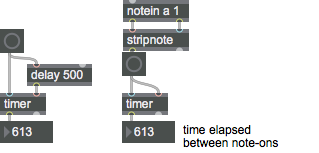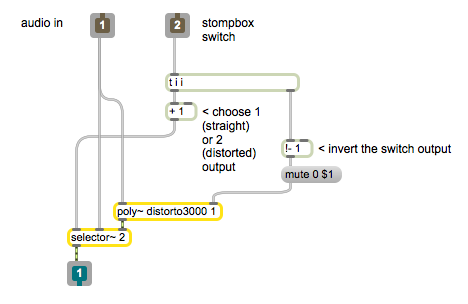

0 = Compare mode, 1 = Capture mode.Ĥ) TAIV – Interrupt Vector Register: Used to identify the flag which requested an interrupt. We will this bit in its default setting i.e.

Bit – CAP – Capture mode: Used to select between Compare and Capture mode.

0 = Interrupt disabled = 1 Interrupt enabled.

= MC_2 – Continuous mode: Timer counts up to 0xFFFF. = MC_1 – Up mode: Timer counts up to TACCR0. Used to select between 4 different modes as given: It is automatically reset and is always read as zero. Setting this bit resets TAR, clock divider, and the count direction. 0 = Interrupt Disabled, 1 = Interrupt Enabled. Bit – TAIE – Timer_A Interrupt Enable.0 = No interrupt pending, 1 = Interrupt pending. Maximum value it can store is 0xFFFF since its a 16 bit register.ģ) TACTL – Control Register: Used to configure Timer_A. In Capture mode, it holds the current value of TAR when a capture is performed. Up/Down Mode: Timer repeatedly counts from Zero up to the value in TACCR0 and back down to zero.ġ) TAR – Timer Counter Register: Holds the current count for Timer_A.Ģ) TACCRx – Timer Capture/Compare Register: In Compare mode, it holds compare value to be compared against TAR.Continuous: Timer repeatedly counts from Zero to 0xFFFF, which is maximum value for 16-bit TAR.Up Mode: Timer repeatedly counts from Zero to value stored in Capture/Compare Register 0 (TACCR0).Stop Mode: In this mode the Timer is Halted.Compared to Timer blocks of other microcontrollers, these MCUs don’t support prescaler. The register used for counting is called TAR(16-bit R/W) and can increment or decrement for each rising edge of clock signal. The selected clock source can then be divided by 1,2,4 or 8. Timer_A supports four different clock sources: ACLK, SMCLK and 2 external sources: TACLK or INCLK. The naming convention used in datasheet is “ Timer n_A x” where n = Timer module number, x = no.


 0 kommentar(er)
0 kommentar(er)
